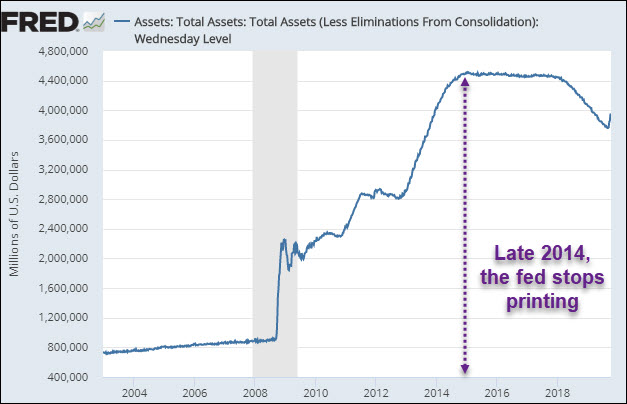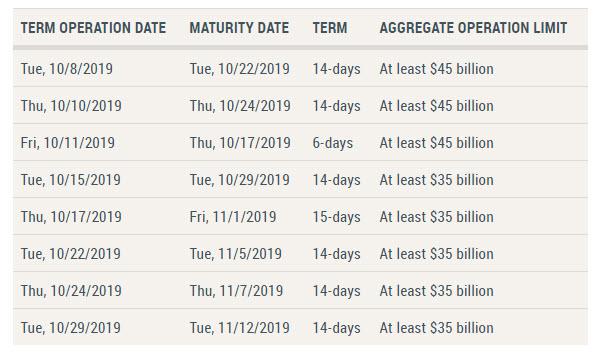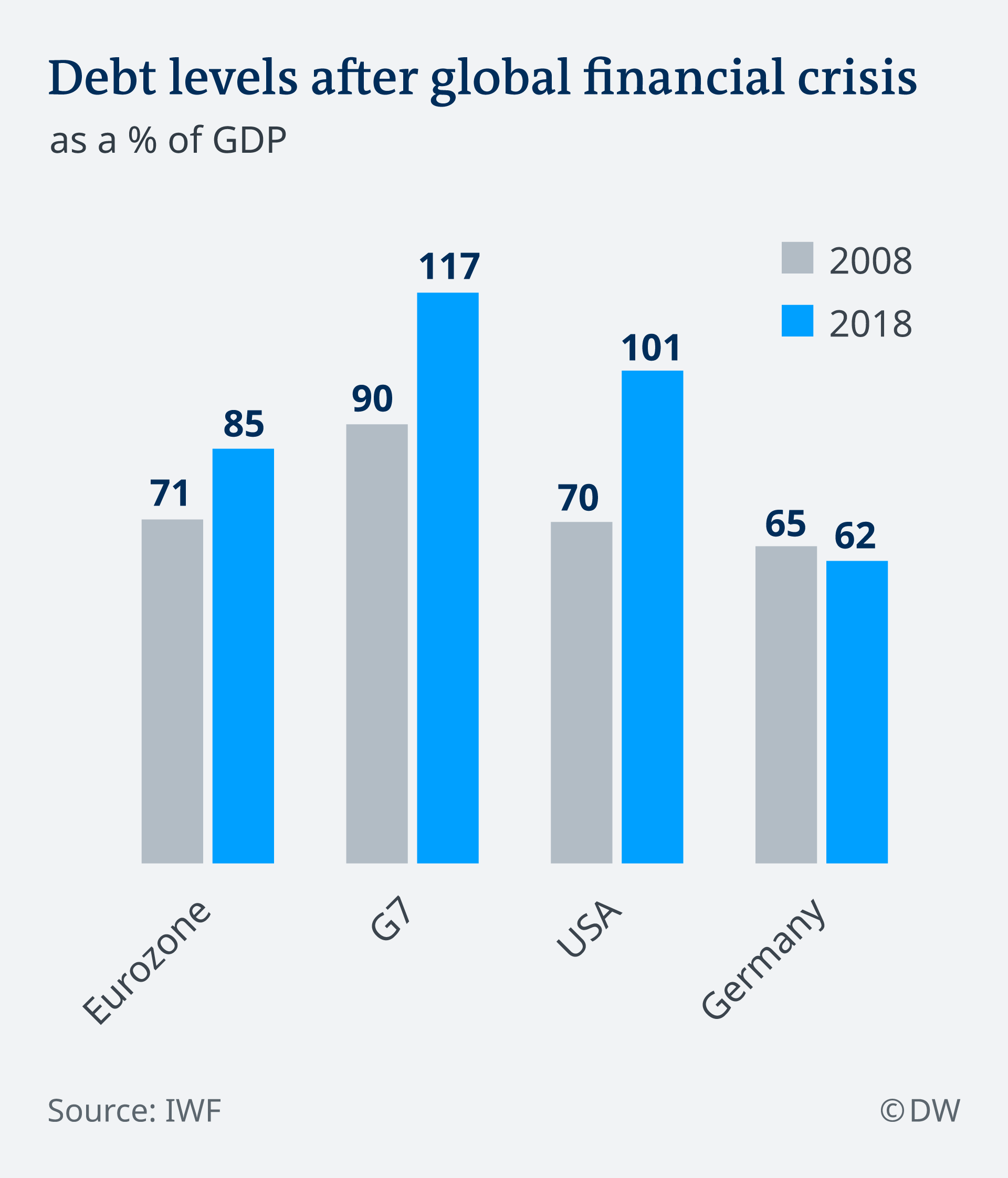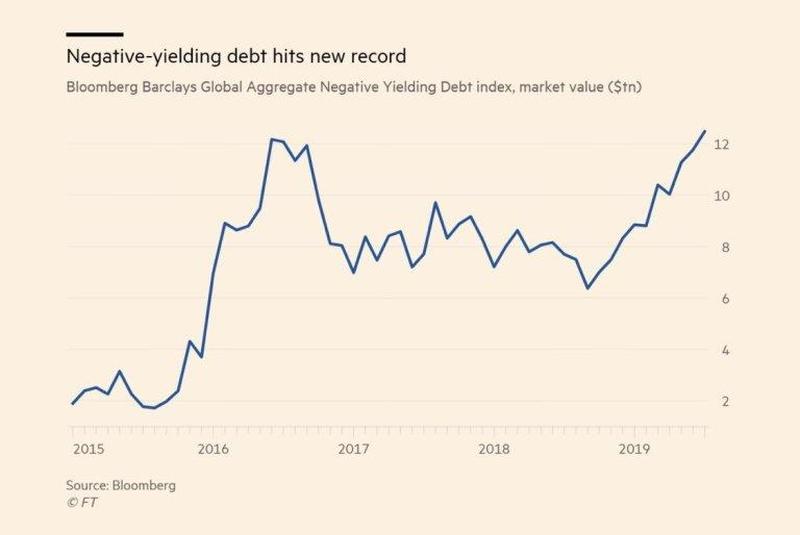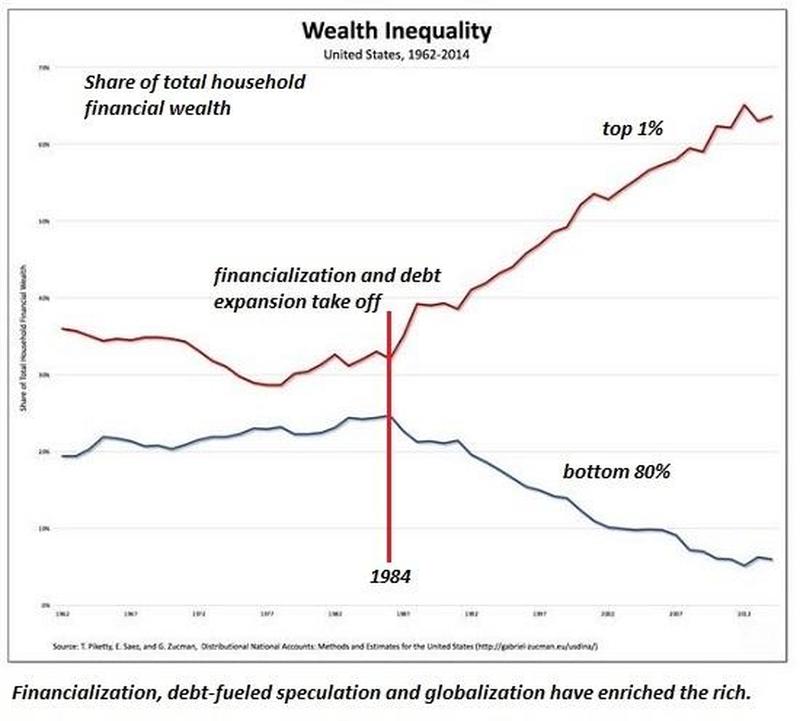 The borrower is the servant of the lender, and one of the primary ways that the elite keep the rest of us subjugated is through the $244,000,000,000,000 mountain of global debt that has been accumulated. Every single day, the benefits of our labor are going to enrich somebody else. A portion of the taxes that are deducted from your paycheck is used to pay interest on government debt. A portion of the profits that your company makes probably goes to servicing some form of business debt. And most Americans are continuously making payments on their mortgages, their auto loans, their credit card balances and their student loan debts. But most people never stop to think about who is becoming exceedingly wealthy on the other end of these transactions. Needless to say, it isn’t the 46 percent of the global population that is living on less than $5.50 a day.
The borrower is the servant of the lender, and one of the primary ways that the elite keep the rest of us subjugated is through the $244,000,000,000,000 mountain of global debt that has been accumulated. Every single day, the benefits of our labor are going to enrich somebody else. A portion of the taxes that are deducted from your paycheck is used to pay interest on government debt. A portion of the profits that your company makes probably goes to servicing some form of business debt. And most Americans are continuously making payments on their mortgages, their auto loans, their credit card balances and their student loan debts. But most people never stop to think about who is becoming exceedingly wealthy on the other end of these transactions. Needless to say, it isn’t the 46 percent of the global population that is living on less than $5.50 a day.
The world has never seen anything like this mountain of debt ever before, and one of the central themes of The Economic Collapse Blog is that all of this debt will ultimately destroy our society. According to the Institute of International Finance, the total amount of global debt is now “more than three times the size of the global economy”…
The world’s debt pile is hovering near a record at $244 trillion, which is more than three times the size of the global economy, according to an analysis by the Institute of International Finance.
The global debt-to-GDP ratio exceeded 318 percent in the third quarter of last year, despite a stronger pace of economic growth, according to a report by the Washington-based IIF released on Tuesday.
…click on the above link to read the rest of the article…


